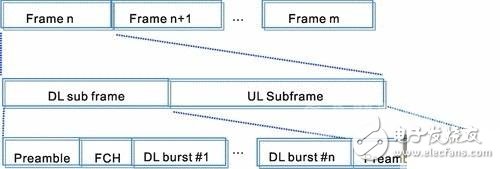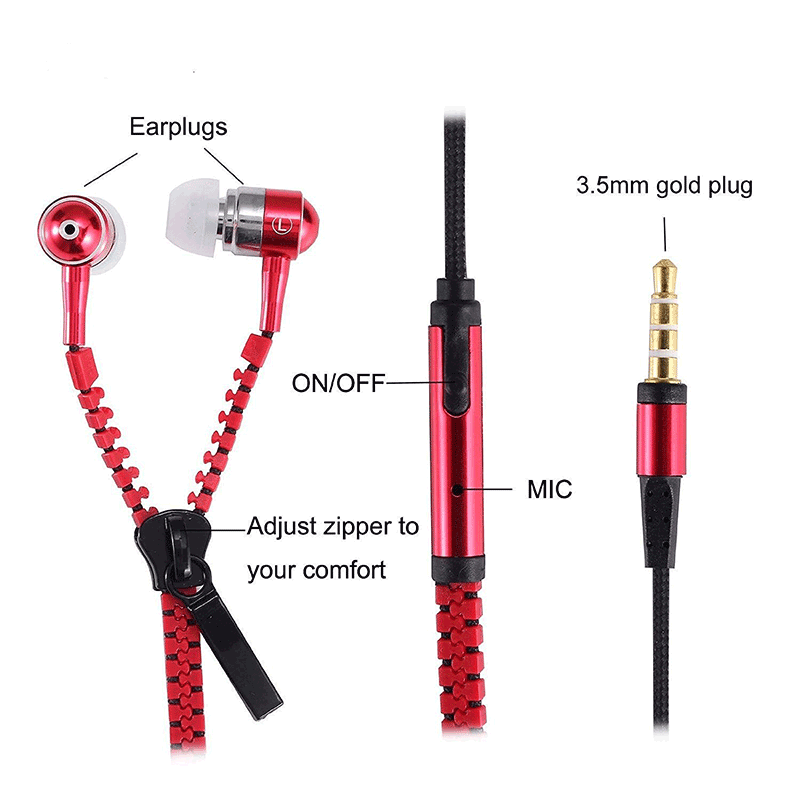WiMAX technology must be recognized by the market in order to achieve its own advantages in specific application scenarios. This requires application testing to measure system performance parameters. The WiMAX test method is divided into three parts: protocol analysis, radio frequency analysis, and transmission performance analysis. The combined results of the tests were derived from protocol analysis, radio frequency analysis, and transmission performance analysis.
WiMAX receiving test
When testing WiMAX amplifiers and modules, you need to input an ideal test signal. When performing BS (base station), RS (relay station) or SS (terminal) receiver performance test, you need to input a test signal transmitted through the spatial channel.
The digital vector signal source SMU/SMJ/SMATE can generate WiMAX signals that contain complete radio frame settings, MAC (Media Access Layer) settings, channel coding, etc. that conform to specifications or user-defined.
Wireless frame setting
OFDM mode
Figure 1 is a frame structure of an OFDM TDD mode.

Figure 1 OFDM mode frame mechanism
The downlink subframe consists of three parts: Preamble, FCH (frame control header) and downlink data burst.
The Preamble is located at the beginning of the uplink and downlink subframes and is used for synchronization between transceivers and channel estimation. The symbol structure is divided into a long preamble and a short preamble: a long preamble is used for the downlink subframe, and is composed of two symbols, wherein the first symbol appears once every four subcarriers, and the second symbol appears once every two subcarriers. The short preamble is used for the uplink subframe and consists of one symbol. Each subcarrier occurs once. If the downlink subframe transmits multiple data bursts, the midamble between each burst is also a short preamble.
The FCH (Frame control header) is located after the Long Preamble and consists of a symbol containing system information such as the base station ID and DL data burst for the receiver to demodulate. The DL Burst contains MAC PDUs (Protocol Data Units) and some broadcast information such as DL-MAP, UL-MAP, DCD (Downlink Channel Description), UCD (Upstream Channel Description). A complete PDU shall consist of a 48-bit MAC Header, Payload (data segment) and cyclic redundancy check CRC.
In addition to the Preamble and UL PDUs, the uplink subframe includes a ranging section. The Ranging process is to send a request to the BS by the SS for adjustment of transmit power, delay and frequency offset.
OFDMA mode
2 is a frame structure of an OFDMA mode.

Figure 2 OFDMA mode frame mechanism
Due to the introduction of logical subchannel (logical subchannel) based access, the radio frame structure of OFDMA is more complicated. Figure 2 shows the frame structure plane consisting of symbol number and subchannel number. Preamble, FCH, broadcast information and data burst are all distributed on this plane. This plane consists of Zone and segment, which are distinguished from each other by symbol offset and subchannel offset.
The use of subchannel is divided into PUSC and FUSC, that is, partial use subchannel and all use subchannel, and subchannel is divided into six groups, the number of which is determined by FFT Size, and FFT Size 2048/1024/512/128 corresponds to 60/30/15/ respectively. 3 subchannels.
The RS signal source SMU can currently support automatic generation or custom setting of Preamble, FCH, DL-map, UL-map, ranging, MAC PDU (MAC Header; Payload; CRC). For OFDMA (WiBro) mode, it can support configurations of up to 8 Zones and 3 segments.
The zipper earphone is a zippered earphone, belonging to electronic products, including zipper earphone wire, earplugs and plugs, mainly solving the problem that ordinary earphone wires are easily entangled with each other. The earphone cable has a zipper. When the earphone is idle, the earphone cable can be zippered and used to avoid messy and easy to organize the earphone cable. The length of the earphone cable can be adjusted freely during use, and the earphone cable can be restored after being separated. It is very convenient to use in the merged state.
According to the way of changing the earplugs of the zipper earphones, there are mainly moving coils and moving irons, and electrostatic and equal magnetic earplugs are relatively few. In terms of wearing form, it is mainly used on the in-ear type and ear-hook type, and the headband type is relatively small. From the earphone wire material, it includes metal zipper earphones, injection zipper earphones, nylon zipper earphones and so on.

Zipper Earphone,Zipper Headphones,Zip Type Earphones,Pink Zip Earphones
Shenzhen Linx Technology Co., Ltd. , https://www.linxheadphone.com